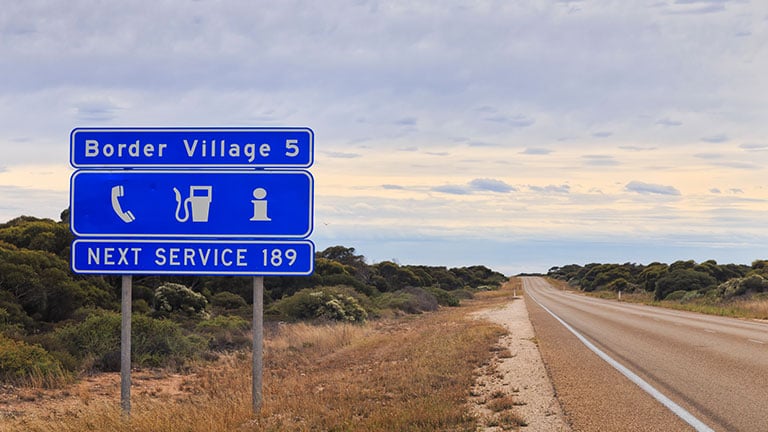When I started learning to drive, my father warned me to never let the gas tank drop below half full. He grew up in West Texas, where gas pumps were few and far between. If you’re planning a road trip through sparsely populated areas, you’ll quickly realize that driving in the Western US is a very different experience from driving in a city or region with towns just a few miles apart. Here are some road trip tips to help make your journey safer—and a lot more fun.

Service your vehicle
Before you begin your road trip, have your vehicle serviced—either by yourself or a trusted mechanic. Check the tires for nails or other obstructions, ensure they have adequate tread, and confirm they’re properly inflated. “Make sure you know how your vehicle's operating before you take a long trip out here,” says Sgt. Adrian Briseno of the Texas Department of Public Safety. “Make sure your spare is in good shape. Make sure it has air in it. Make sure you have all your tools to change that tire—your jack, your lift, and tire irons.”
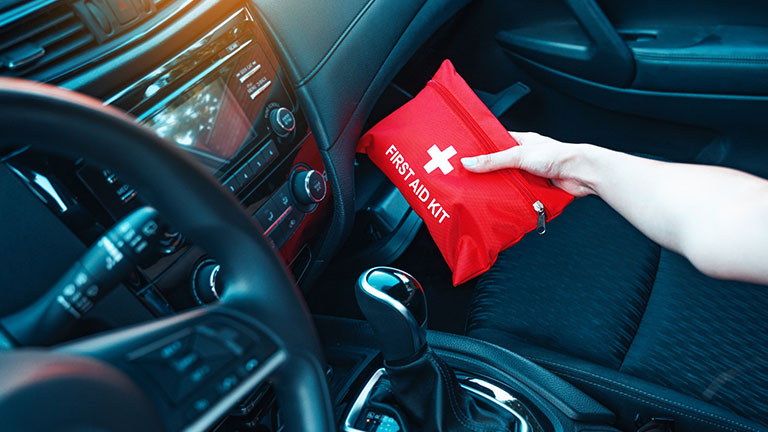
Have an emergency kit
Every car should carry an emergency kit. Briseno suggests packing several bottles of water and snacks for each person, a flashlight (with extra batteries), a spare phone charger, a blanket, a small tool kit with pliers, screwdrivers, wrenches, and reflective road triangles to alert passing drivers if you’ve pulled over. It’s also wise to include a paper map in case you lose cell service—and your GPS along with it.
Stay in touch
Many sparsely populated areas don’t have cell phone service—meaning you could be completely out of touch until you reach the next town. It’s smart to let someone know when you’re leaving and which roads you plan to take. Each morning, send a text to that person before starting the next leg of your trip. Set a check-in time for the evening once you’ve stopped for the night. If you don’t check in as planned, your contact can alert the highway patrol to begin a search.
Tip: Consider carrying a satellite communication device or emergency beacon if you’ll be traveling especially remote routes. These tools can help you call for help even when you’re off the grid.
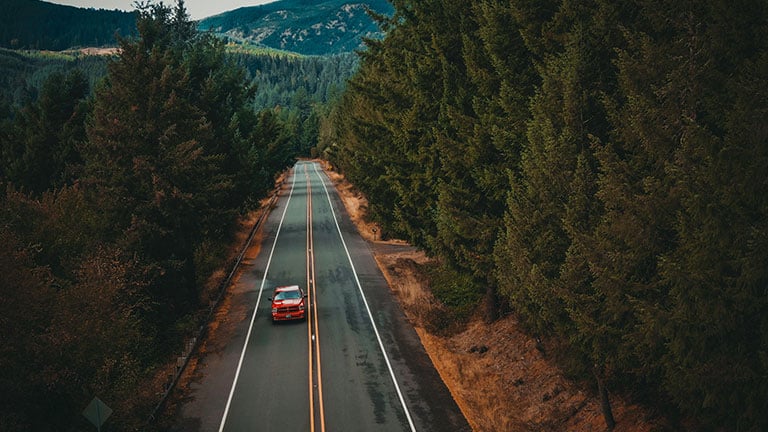
Stick to main roads
Unless you have a local guide riding with you, it’s important to stay on well-traveled roads when navigating sparsely populated areas.
“A lot of times, the Google or Apple GPS tends to send you down an FM [rural] road and then cut you back up on a county road just to make it quicker,” says Briseno. “That's when you start to find yourself in trouble because it could be hours before somebody comes by—if not a day or so.”
Getting help can be much harder if you have an accident in a remote area,so plan your route ahead of time and stick to main highways whenever possible. Tools such as the AAA TripTik planner can help you map out safe, reliable routes and avoid detours that take you too far off the grid.
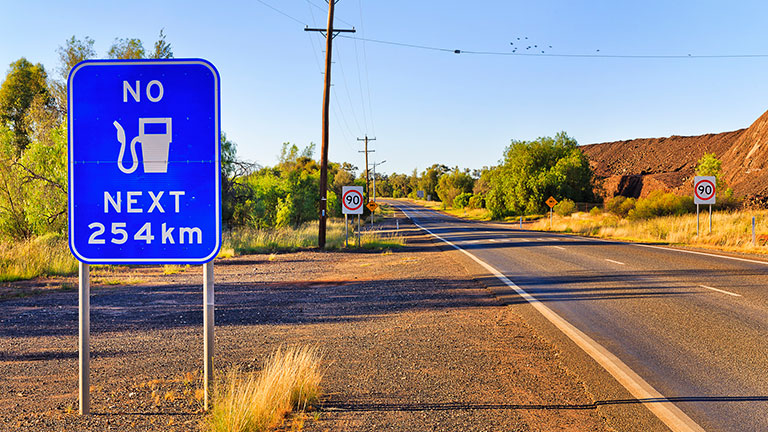
Stop for gas often
The nearest next gas station might be farther away than you think—especially in rural areas. Not every town has a pump, so fill up when you get the chance, even if it’s not a name brand or at a place you’d usually stop.
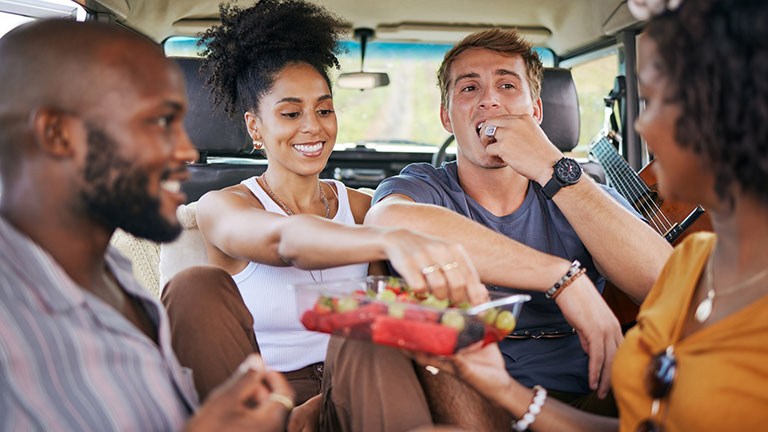
Combat drowsiness and tunnel vision
In sparsely populated regions, the scenery can stay the same for miles, making it easy to get drowsy or zone out. Stop every two hours to stretch your legs, grab a drink or snack, and check road conditions ahead. If you’re traveling with young children, you’ll likely be stopping even more often.
There’s some breathtaking scenery throughout the Western US—just make sure your journey is as safe as it is memorable by following these road trip tips.
